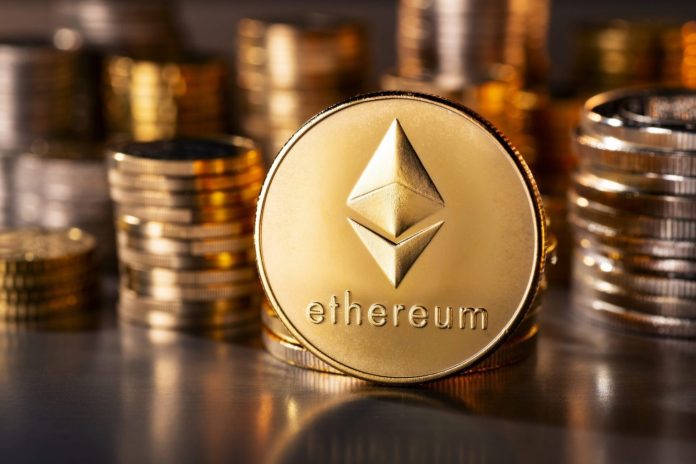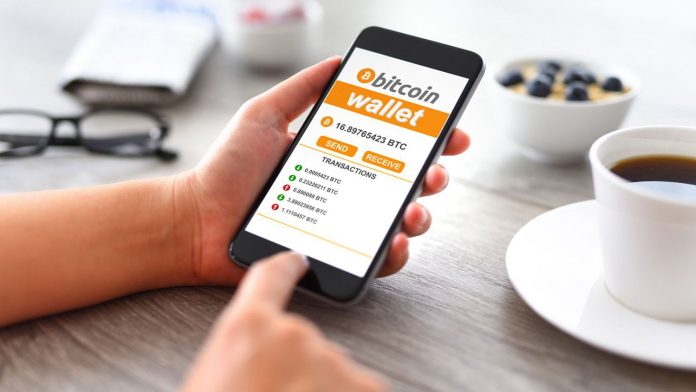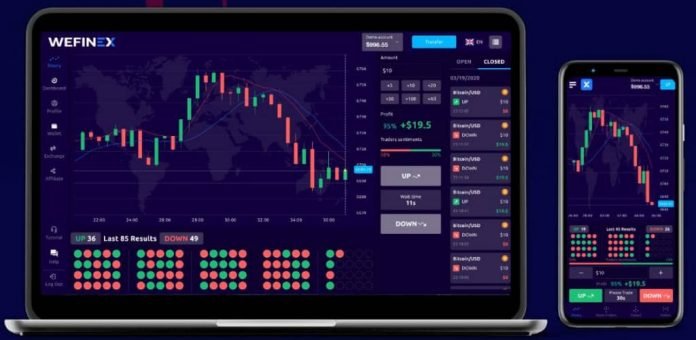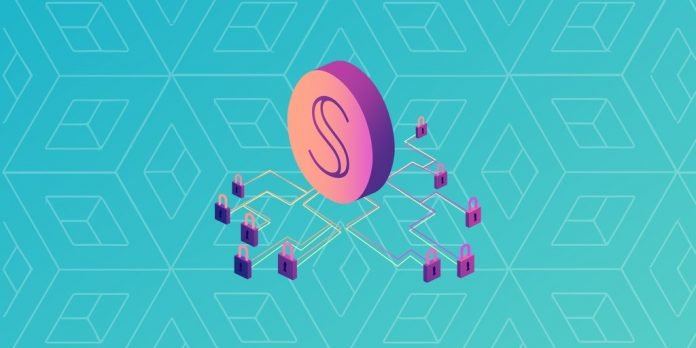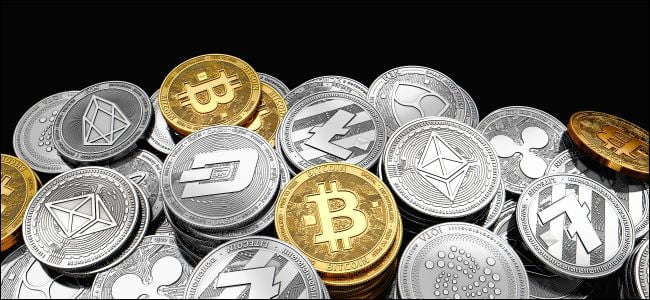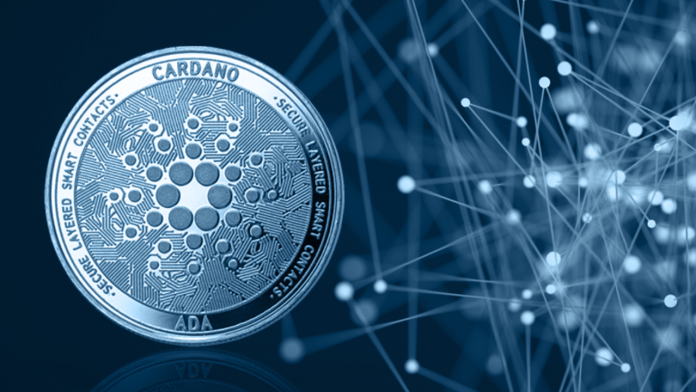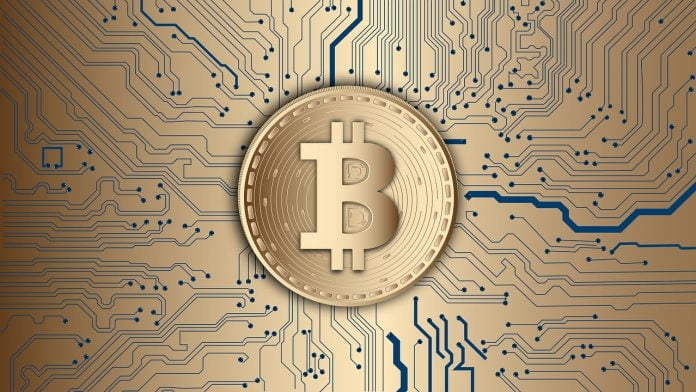Ethereum is a blockchain platform with its own cryptocurrency, called Ether (ETH) or Ethereum, and its own programming language, called Solidity.
As a blockchain network, Ethereum is a decentralized public ledger for verifying and recording transactions. The network’s users can create, publish, monetize, and use applications on the platform, and use its Ether cryptocurrency as payment. Insiders call the decentralized applications on the network “dApps.”
As a cryptocurrency, Ethereum is second in market value only to Bitcoin, as of Agust 2021.
How does Ethereum work? Simply, it’s also referred to as a “world computer”, since the Ethereum platform uses the computing power of the computers connected to its network. The information is stored on each computer, or “node”, meaning it’s decentralized and controlled by no one, unlike a traditional database. There’s no limit on the number of such computers that can connect to the network.
Understanding Ethereum
Ethereum was created to enable developers to build and publish smart contracts and distributed applications (dApps) that can be used without the risks of downtime, fraud, or interference from a third party.
Ethereum has wider ambitions than Bitcoin. It wants to be a platform for all kinds of applications that can store information safely.
Ethereum describes itself as “the world’s programmable blockchain.” It distinguishes itself from Bitcoin as a programmable network that serves as a marketplace for financial services, games, and apps, all of which can be paid for in Ether cryptocurrency and are safe from fraud, theft, or censorship.
What Is Ethereum in Simple Terms?
Ethereum, like any blockchain, is a database of information that is designed to be unhackable. Ether, or ETH, is the cryptocurrency used to complete transactions on the blockchain.
Unlike in a traditional database, information in a blockchain is organized as a chronological “chain” made up of “blocks” of data. For instance, every transaction using an Ether coin must be verified and recorded as an additional block on that coin’s unique blockchain. This process of recording every transaction in a sequence is the reason that a blockchain is often compared to a ledger.
The Ethereum blockchain stores more than transaction records for Ether currency. It allows software developers to create games and business applications, called dApps, and market them to users. Those users want to take advantage of the relative lack of risks that come with storing sensitive information on the World Wide Web.
Many consider Ethereum to be the internet’s next step. This “next-generation web” supports decentralized applications (DApps), decentralized finance (DeFi) and decentralized exchanges (DEXs), for instance.
How Does Ethereum Make Money?
Users pay fees to use dApps on the Ethereum platform. These fees are called “gas” because they vary depending on the amount of computational power used.
How does Ethereum work?
Like Bitcoin, the Ethereum network exists on thousands of computers worldwide, thanks to users participating as “nodes,” rather than a centralized server. This makes the network decentralized and highly immune to attacks, and essentially unable to go down as a result. If one computer goes down, it doesn’t matter because thousands of others are holding the network up.
Ethereum is essentially a single, decentralized system that runs a computer called the Ethereum Virtual Machine (EVM). Each node holds a copy of that computer, meaning that any interactions must be verified so everyone can update their copy.
Network interactions are otherwise considered “transactions” and are stored within blocks on the Ethereum blockchain. Miners validate these blocks before committing them to the network and acting as transaction history or a digital ledger.
Also like Bitcoin, all Ethereum transactions are entirely public.
History of Ethereum
Vitalik Buterin published the Ethereum white paper in 2013, detailing smart contracts — automated, immutable “if-then” statements — enabling the development of decentralized applications. While DApp development already existed in the blockchain space, platforms weren’t interoperable. Buterin intended Ethereum to unify them. To him, unifying the way DApps run and interact was the only way to maintain adoption.
Ethereum vs. Bitcoin
Unlike the Bitcoin blockchain, the Ethereum blockchain was not created to support a cryptocurrency. The Ether cryptocurrency was created to provide an in-house currency for applications built on the Ethereum blockchain.
While Bitcoin is the most mainstream cryptocurrency, the Ethereum community has the ambition to expand the project. In other words, Ethereum has wider ambitions. It wants to be a platform for all kinds of applications that can store information safely.
Disadvantages of Ethereum
The first is scalability. Buterin envisioned Ethereum the way the web is now, with millions of users interacting at once. Due to the PoW consensus algorithm, however, such interaction is limited by block validation times and gas fees. Furthermore, decentralization is a hindrance; a central entity, like Visa, manages everything and has perfected the transaction process.
Second, there is accessibility. Ethereum is expensive to develop on and challenging to interact with for users unfamiliar with its technology.
Criticisms of Ethereum
Prices of all cryptocurrencies, including Ether, tend to mirror bitcoin price action. This has been evident for years and is front and center at present.
Each of these networks is eating up a vast amount of energy. Cryptocurrency miners, in particular, are devoting a huge amount of computing power to the process of validating transactions.
Ethereum is a blockchain platform with its own cryptocurrency, called Ether (ETH) or Ethereum, and its own programming language, called Solidity.
As a blockchain network, Ethereum is a decentralized public ledger for verifying and recording transactions. The network’s users can create, publish, monetize, and use applications on the platform, and use its Ether cryptocurrency as payment. Insiders call the decentralized applications on the network “dApps.”
As a cryptocurrency, Ethereum is second in market value only to Bitcoin, as of Agust 2021.
How does Ethereum work?
Simply, it’s also referred to as a “world computer”, since the Ethereum platform uses the computing power of the computers connected to its network. The information is stored on each computer, or “node”, meaning it’s decentralized and controlled by no one, unlike a traditional database. There’s no limit on the number of such computers that can connect to the network.
Understanding Ethereum
Ethereum was created to enable developers to build and publish smart contracts and distributed applications (dApps) that can be used without the risks of downtime, fraud, or interference from a third party.
Ethereum has wider ambitions than Bitcoin. It wants to be a platform for all kinds of applications that can store information safely.
Ethereum describes itself as “the world’s programmable blockchain.” It distinguishes itself from Bitcoin as a programmable network that serves as a marketplace for financial services, games, and apps, all of which can be paid for in Ether cryptocurrency and are safe from fraud, theft, or censorship.
What Is Ethereum in Simple Terms?
Ethereum, like any blockchain, is a database of information that is designed to be unhackable. Ether, or ETH, is the cryptocurrency used to complete transactions on the blockchain.
Unlike in a traditional database, information in a blockchain is organized as a chronological “chain” made up of “blocks” of data. For instance, every transaction using an Ether coin must be verified and recorded as an additional block on that coin’s unique blockchain. This process of recording every transaction in a sequence is the reason that a blockchain is often compared to a ledger.
The Ethereum blockchain stores more than transaction records for Ether currency. It allows software developers to create games and business applications, called dApps, and market them to users. Those users want to take advantage of the relative lack of risks that come with storing sensitive information on the World Wide Web.
Many consider Ethereum to be the internet’s next step. This “next-generation web” supports decentralized applications (DApps), decentralized finance (DeFi) and decentralized exchanges (DEXs), for instance.
How Does Ethereum Make Money?
Users pay fees to use dApps on the Ethereum platform. These fees are called “gas” because they vary depending on the amount of computational power used.
How does Ethereum work?
Like Bitcoin, the Ethereum network exists on thousands of computers worldwide, thanks to users participating as “nodes,” rather than a centralized server. This makes the network decentralized and highly immune to attacks, and essentially unable to go down as a result. If one computer goes down, it doesn’t matter because thousands of others are holding the network up.
Ethereum is essentially a single, decentralized system that runs a computer called the Ethereum Virtual Machine (EVM). Each node holds a copy of that computer, meaning that any interactions must be verified so everyone can update their copy.
Network interactions are otherwise considered “transactions” and are stored within blocks on the Ethereum blockchain. Miners validate these blocks before committing them to the network and acting as transaction history or a digital ledger.
Also like Bitcoin, all Ethereum transactions are entirely public.
History of Ethereum
Vitalik Buterin published the Ethereum white paper in 2013, detailing smart contracts — automated, immutable “if-then” statements — enabling the development of decentralized applications. While DApp development already existed in the blockchain space, platforms weren’t interoperable. Buterin intended Ethereum to unify them. To him, unifying the way DApps run and interact was the only way to maintain adoption.
Ethereum vs. Bitcoin
Unlike the Bitcoin blockchain, the Ethereum blockchain was not created to support a cryptocurrency. The Ether cryptocurrency was created to provide an in-house currency for applications built on the Ethereum blockchain.
While Bitcoin is the most mainstream cryptocurrency, the Ethereum community has the ambition to expand the project. In other words, Ethereum has wider ambitions. It wants to be a platform for all kinds of applications that can store information safely.
Disadvantages of Ethereum
The first is scalability. Buterin envisioned Ethereum the way the web is now, with millions of users interacting at once. Due to the PoW consensus algorithm, however, such interaction is limited by block validation times and gas fees. Furthermore, decentralization is a hindrance; a central entity, like Visa, manages everything and has perfected the transaction process.
Second, there is accessibility. Ethereum is expensive to develop on and challenging to interact with for users unfamiliar with its technology.
Criticisms of Ethereum
Prices of all cryptocurrencies, including Ether, tend to mirror bitcoin price action. This has been evident for years and is front and center at present.
Each of these networks is eating up a vast amount of energy. Cryptocurrency miners, in particular, are devoting a huge amount of computing power to the process of validating transactions.


